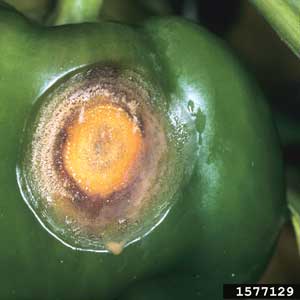
It is never too early to start thinking about cucurbit disease management in Alabama. In the case of anthracnose, producers who are planting their crops are best served by utilizing resistant varieties, according to Ed Sikora, professor and Extension plant pathologist in the Department of Entomology and Plant Pathology at Auburn University.
“I was just looking through the Southeast Handbook for 2021 and we do have a lot of anthracnose-resistant varieties for a number of different crops; for watermelon, cantaloupe and cucumber. That’s the best control practice we have if you have a history of this disease in your field,” Sikora said.
It’s important to avoid overhead irrigation if you are not using disease-resistant varieties. It just promotes the disease and provides conditions for its development.
Follow a fungicide spray program when there are warm and wet conditions. These conditions will favor the disease’s development.
Sikora said anthracnose is probably the most common cucurbit disease every year.
“Cantaloupe, cucumber and watermelon are all sensitive to it, more susceptible. You’ll see these tan to brown spots on the leaves, fairly small and conspicuous. Often times, you’ll see shallow elongated tan spots on the stems as well,” Sikora said. “On the fruit, you might see sunken areas on the fruit with pink discoloration to them, which is the disease-producing fungal spores.”









